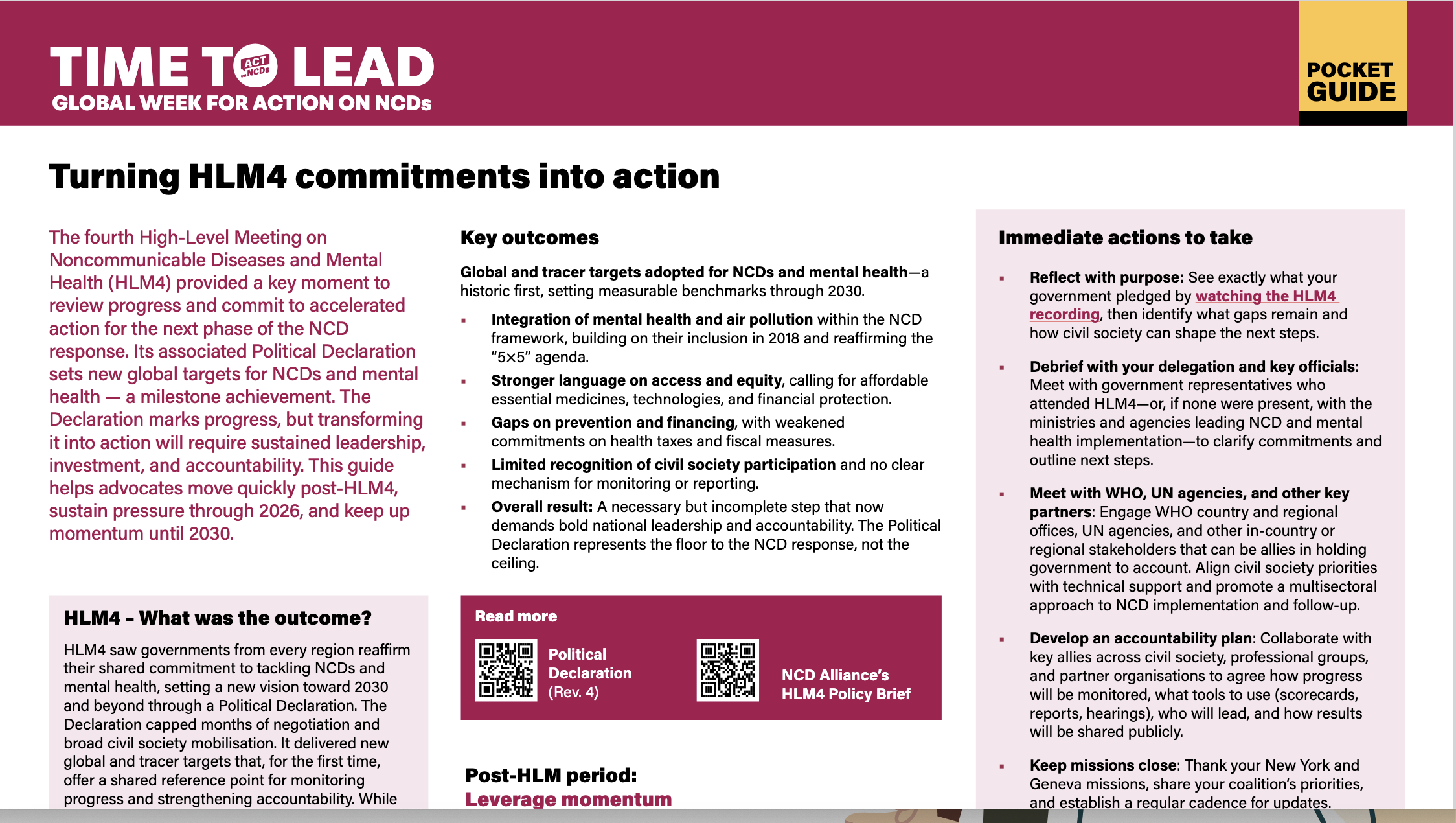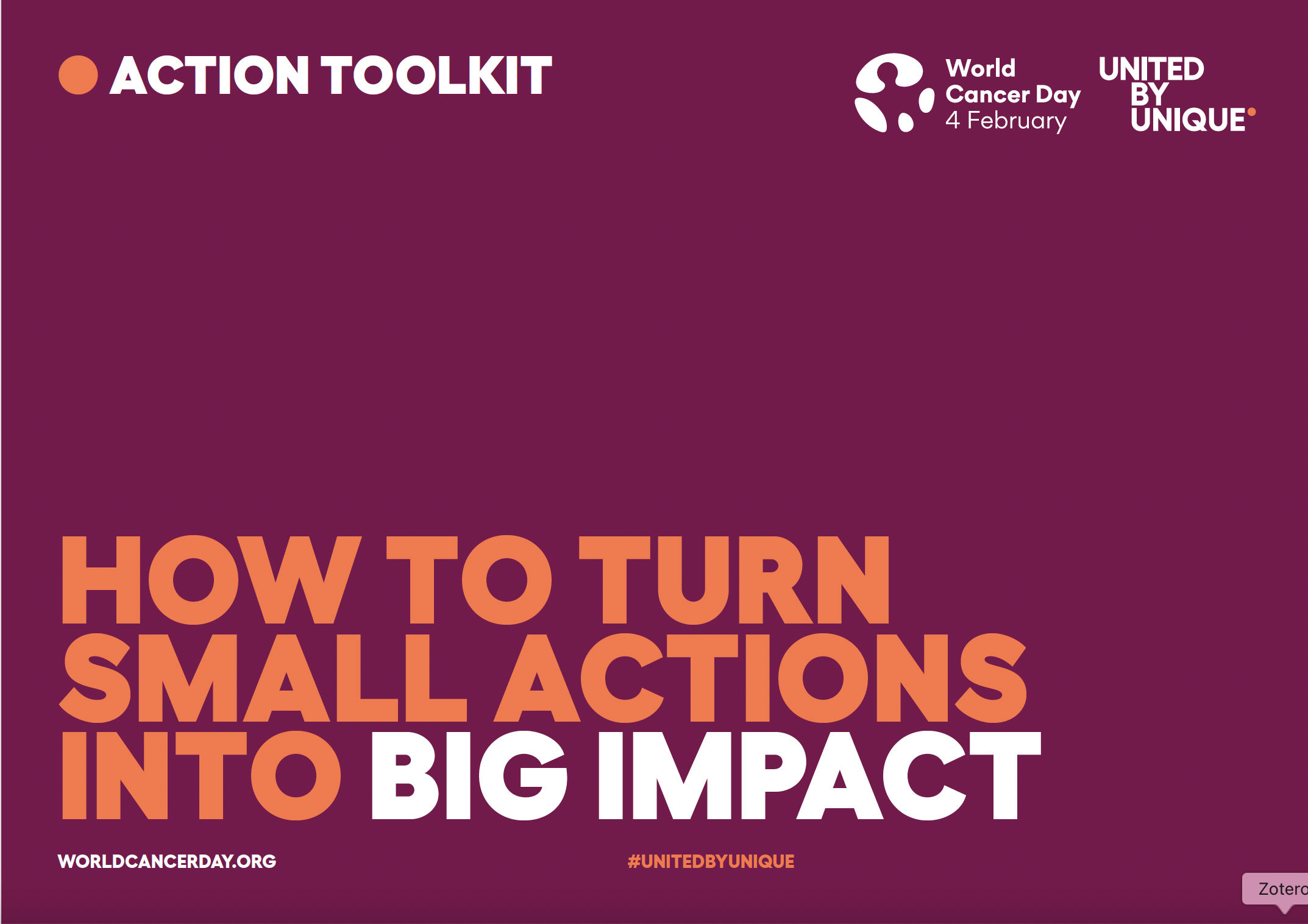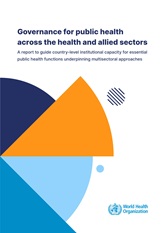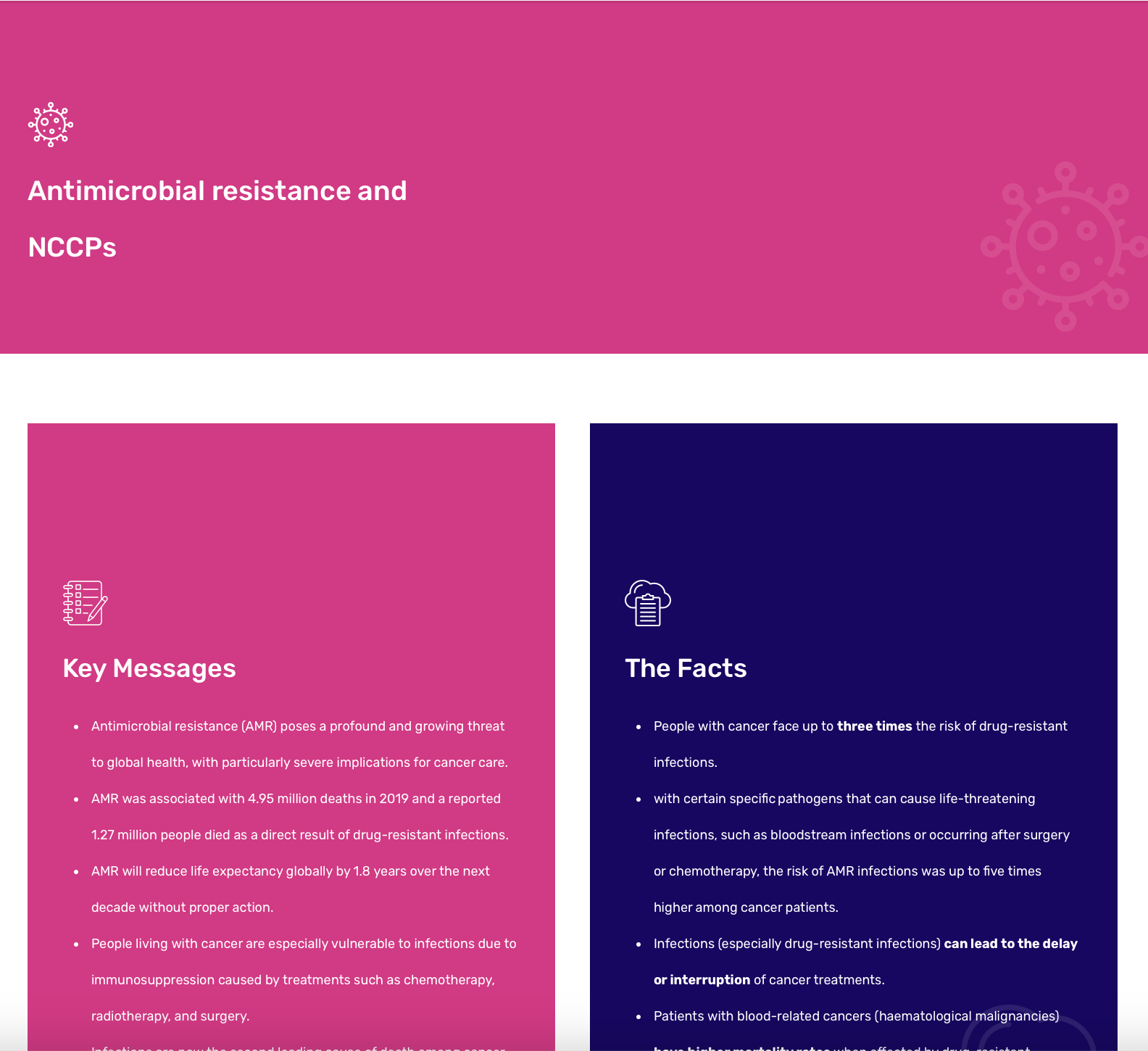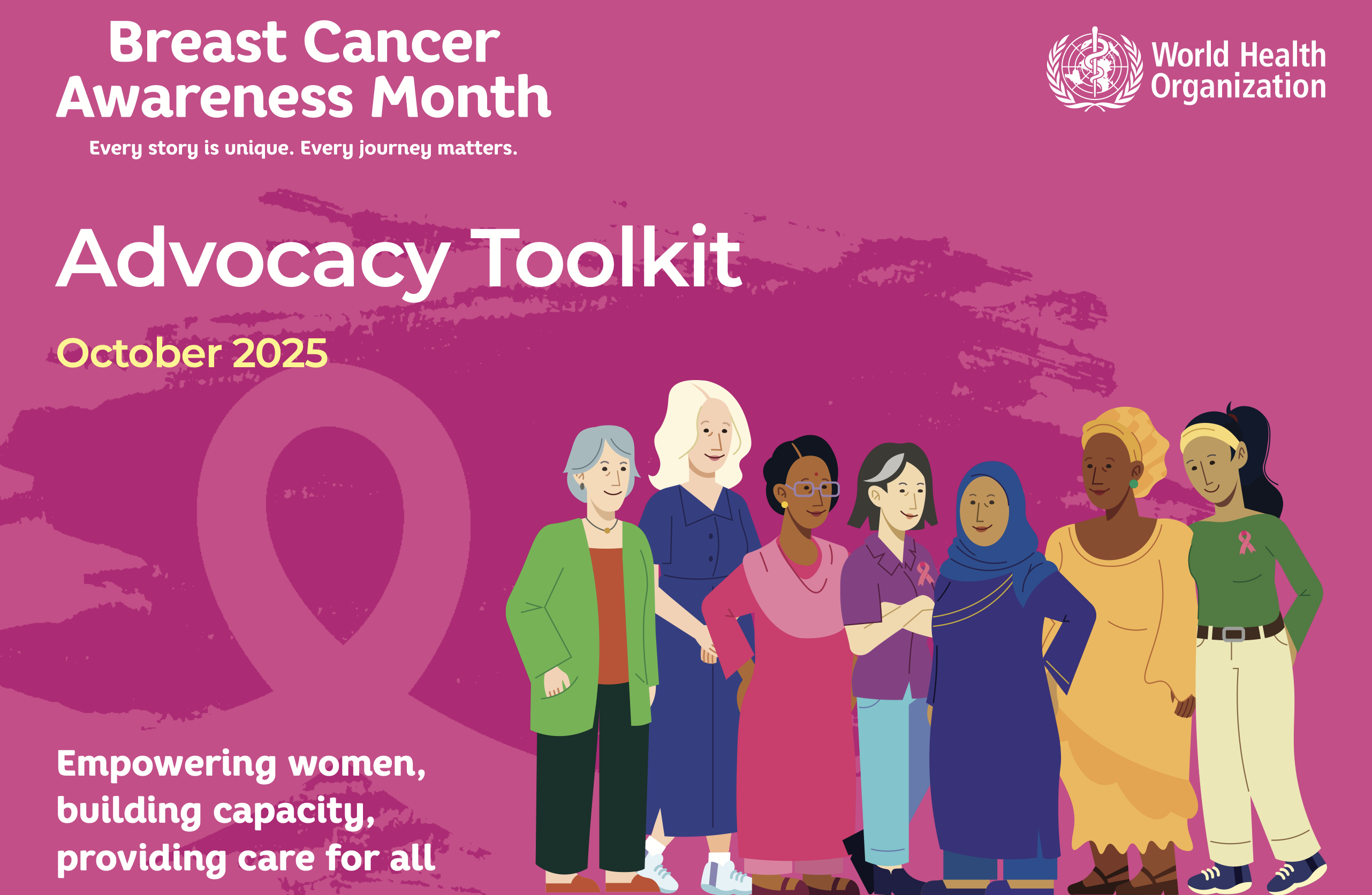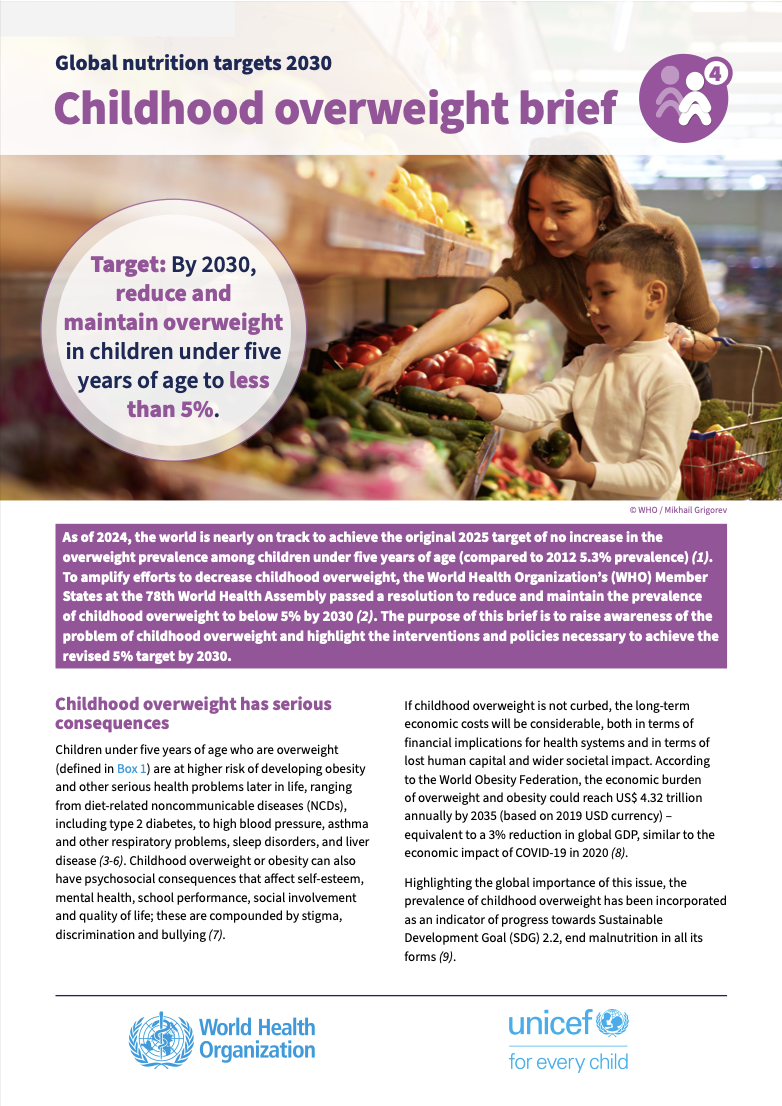Overview:
Injuries result from road traffic crashes, falls, drowning, burns, poisoning and acts of violence against oneself or others, among other causes.
Of the 4.4 million injury-related deaths, unintentional injuries take the lives of 3.16 million people every year and violence-related injuries kill 1.25 million people every year. Roughly 1 in 3 of these deaths result from road traffic crashes, 1 in 6 from suicide, 1 in 10 from homicide and 1 in 61 from war and conflict.
For people age 5-29 years, 3 of the top 5 causes of death are injury-related, namely road traffic injuries, homicide and suicide. Drowning is the sixth leading cause of death for children age 5-14 years. Falls account for over 684,000 deaths each year and are a growing and under-recognized public health issue.
Tens of millions more people suffer non-fatal injuries each year which lead to emergency department and acute care visits, hospitalizations or treatment by general practitioners and often result in temporary or permanent disability and the need for long-term physical and mental health care and rehabilitation. For example, there has been a significant rise in road traffic injuries in the African region since 2000, with an almost 50% increase in healthy life-years lost.
Information presented on this page has been replicated from the linked WHO fact sheet. Please always refer to the original source on who.int for the latest version. Last update: March 2024


